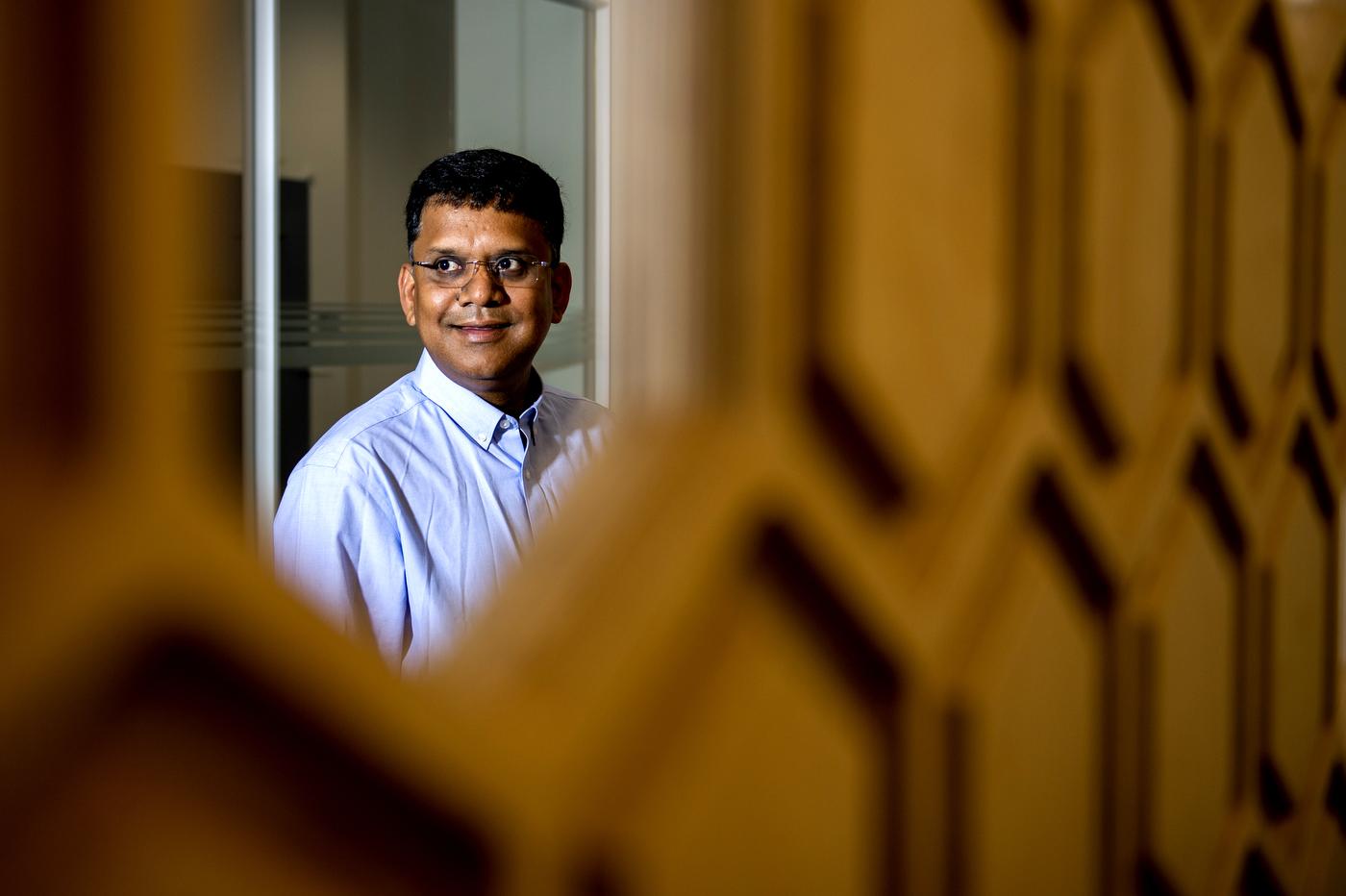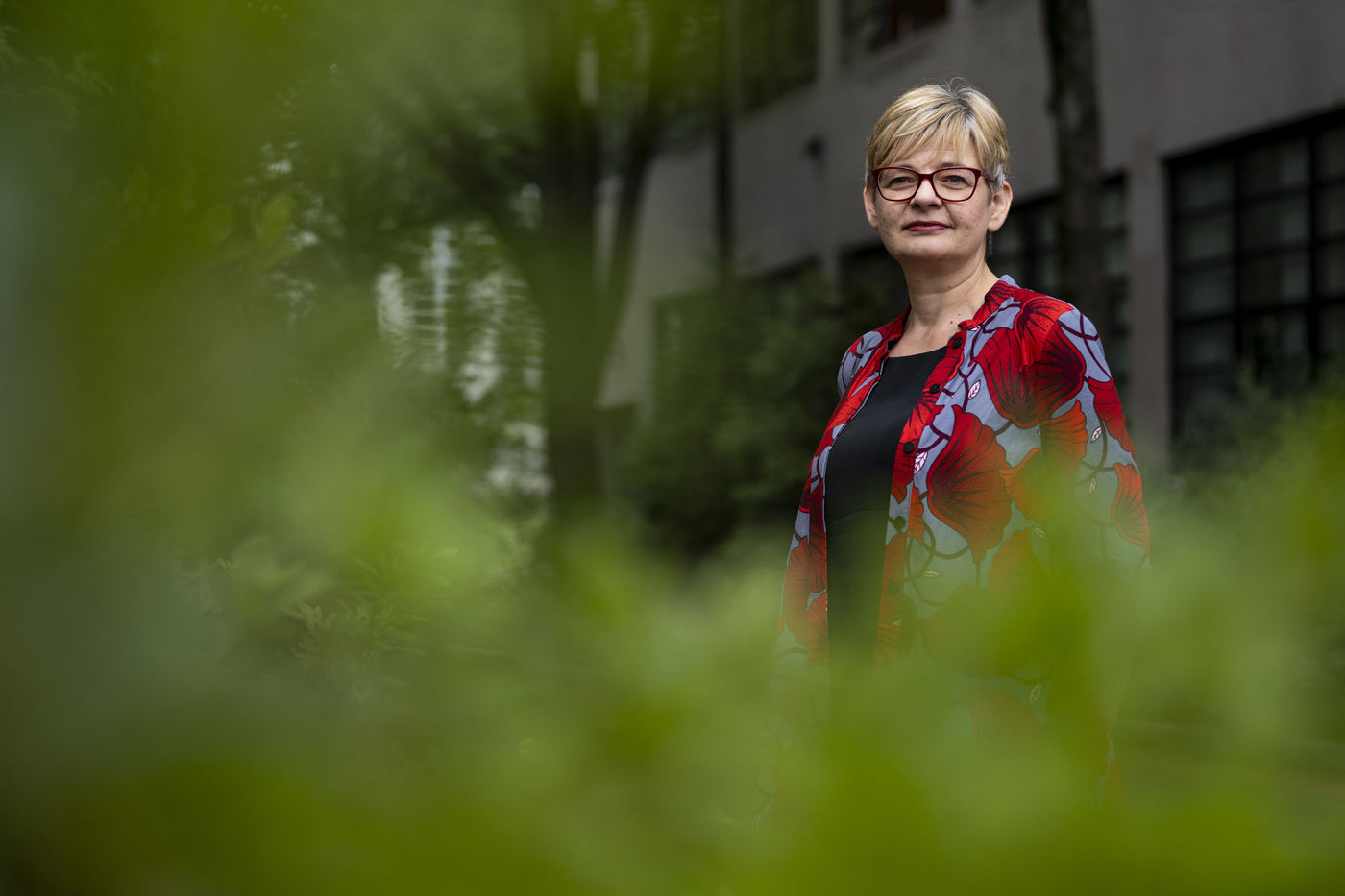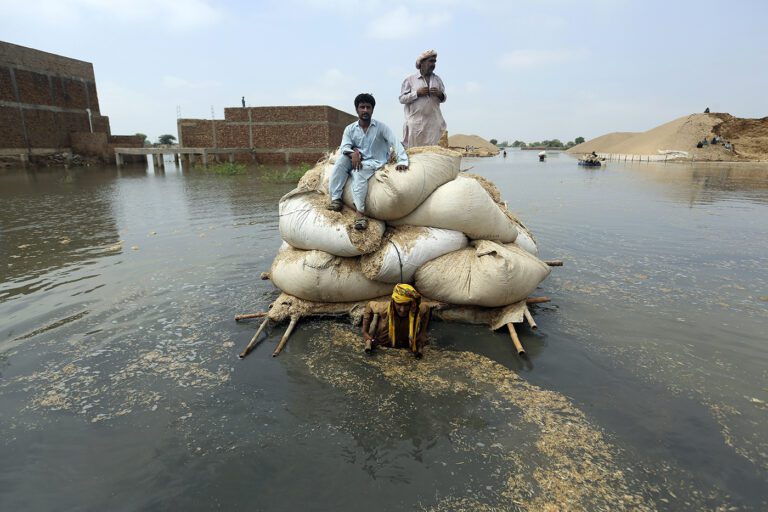2022 was a watershed year for action on climate change — and the impacts.
President Biden signed the historic Inflation Reduction Act to boost clean energy and reduce greenhouse gas emissions in the middle of the hottest August records for North America and Europe.
After a summer of historic floods that left a third of Pakistan under water, the United Nations Climate Change Conference COP27 in November recommitted to the goals set by the 2015 Paris Climate Agreement and agreed to help countries most vulnerable to climate change.
Also in November, UN officials met in Uruguay to discuss the terms of a treaty to end plastic pollution by 2040, and in December COP15 participants meeting in Montreal approved a framework to address biodiversity loss, protect indigenous rights and ecosystem restoration.
Whether these actions will be enough to put the brakes on global warming and keep temperature rises to less than 2 degrees Celsius – preferably to 1.5 degrees as stated in the Paris Climate Agreement – depends on steps to be taken in 2023, Northeastern experts say.
News@Northeastern spoke with Law School Associate Professor Alexandra Meise, Engineering Professor Auroop Ganguly, and Public Policy Professor Maria Ivanova—specialists in energy use, climate adaptation, and resilience and plastic pollution diplomacy, respectively—about what should happen in the next 12 months addressing the challenges of climate change.
Alexandra Meise
“If I had to pick one event or point of progress to look at in 2022, it would be the Inflation Reduction Act and the $369 billion in climate change-related investments that will come from it,” he says. Alexandra Meiseassociate professor at Northeastern University School of Law.
He called the legislation “transformative” in the way it will allow the US to meet its emissions reduction goals and transition “from the use of fossil fuels to greener technologies for energy production and transportation.”
It is vital that the US and other countries step up the pace to meet the goal of preventing temperatures from rising above 1.5 or 2 degrees Celsius above pre-industrial levels, Meise says.
“We have heard a lot of talk. Now we have to see what the action is,” he says.
Parties to the Paris accords are making progress, Meise says. But “they have not made progress fast enough in reducing emissions to meet the necessary targets.”
Progress of course depends on the continued cooperation of politicians around the world.
In the US, Meise says she hopes the Republican-controlled House of Representatives will see the benefits of supporting infrastructure improvements and green energy.
The US is increasingly seeing the impact of climate change in terms of intensifying storms and heat waves, floods and droughts.
“This really brings climate change home to people in a way they might not have thought about before,” says Meise.
“This is a security threat that is right at your front door because your front door is flooded or the power is out.”
In Europe, the Russia-Ukraine war poses a major risk to emissions reductions as European nations debate whether to fire up coal plants instead of Russian oil and gas shipments.
“It's definitely an issue,” Meise says, adding that the situation raises concerns about how countries will be able to meet their green energy goals while keeping the lights on.
Auroop Ganguly


COP27 made progress in recognizing the role that high-income industrialized countries that produce the most emissions must play in mitigating the impact of climate change on lower-income countries that bear the brunt of the effects of global warming, says Auroop Gangulyprofessor of Civil and Environmental Engineering.
Creating a specific loss and damage fund was progress, says Ganguly, who is also a director of Northeastern's Sustainability and Data Science Lab.
“We have yet to see to what extent each country follows through on the promises that have been made,” he says.
Progress is also being made at the municipal and state level, with Boston Mayor Michelle Wu appointing Kate England to be green infrastructure director and Massachusetts Gov. Maura Healey selecting Melissa Hoffer to serve as the state's first climate chief.
Massachusetts, Oregon, California and Washington have led the nation “in terms of clean technology and climate policies,” Ganguly says.
Where much work remains to be done is to get scientists representing different fields and social scientists to break out of academic “silos” and work together on risk assessment and adaptation, he says.
To understand the impact of drought, it's important to know to what extent human use is draining water supplies, for example, Ganguly says.
Indonesia is moving its capital from Jakarta, which is sinking due to climate conditions and the withdrawal of water supplies for human use, he says.
“There's not enough understanding, there's not enough cross-pollination, between even adaptation scientists and structural engineers, who should be working very closely,” says Ganguly. “Everyone needs to be involved in both adaptation and mitigation.”
Ganguly says a New York Times article a few years ago pointed out that climate change is not a cliff “you fall over, but a chasm you keep going down.”
Maria Ivanova


The same oil industry that produces fossil fuels also makes plastic.
And plastics have become a health burden for the planet and individual biological beings, he says Maria IvanovaNortheastern professor of public policy and director of the School of Public Policy and Urban Affairs.
“Now we have microplastics in human blood, in the human placenta,” he says.
“Animals of all sizes are killed by plastic pollution, from nets to bags and other debris. It affects the health of the planet because it pollutes the rivers, pollutes the land. It manifests itself locally, but ultimately the effects are of planetary proportions.”
Ivanova was the International Science Council's representative in negotiations for a UN treaty to end plastic pollution by 2040.
With the treaty set to be adopted in 2024, much work will need to be done in the coming year.
Ideas being discussed for the treaty's goals include possibly banning certain types of plastic – including Styrofoam and polyvinyl chloride – while promoting the use of industrial products that act like plastic but degrade naturally.
“We should ultimately have as little plastic as possible to recycle,” says Ivanova.
Research universities like Northeastern have an important role to play in convening conversations, enabling innovation and ensuring the “open source” development of any new polymers, he says.
“Open source” means that anyone can see the composition of a piece of material. Currently, the current model that rewards patenting unique proprietary materials has resulted in a myriad of products that require different recycling methods, if they can be recycled at all, says Ivanova, who will travel to Paris in May for further discussions about the treaty.
When plastic is essential for medical supplies and food production, there needs to be an end-of-life plan, he says.
“Plastic is ultimately a petroleum product. The oil industry is interested in more plastic,” says Ivanova.
“We need to change this limited mindset. What kind of alternatives we present is indeed an area where engineers need a much stronger, much more dynamic presence. And that's where I think higher education can play a role.”
For media inquiries, please contact media@northeastern.edu.



